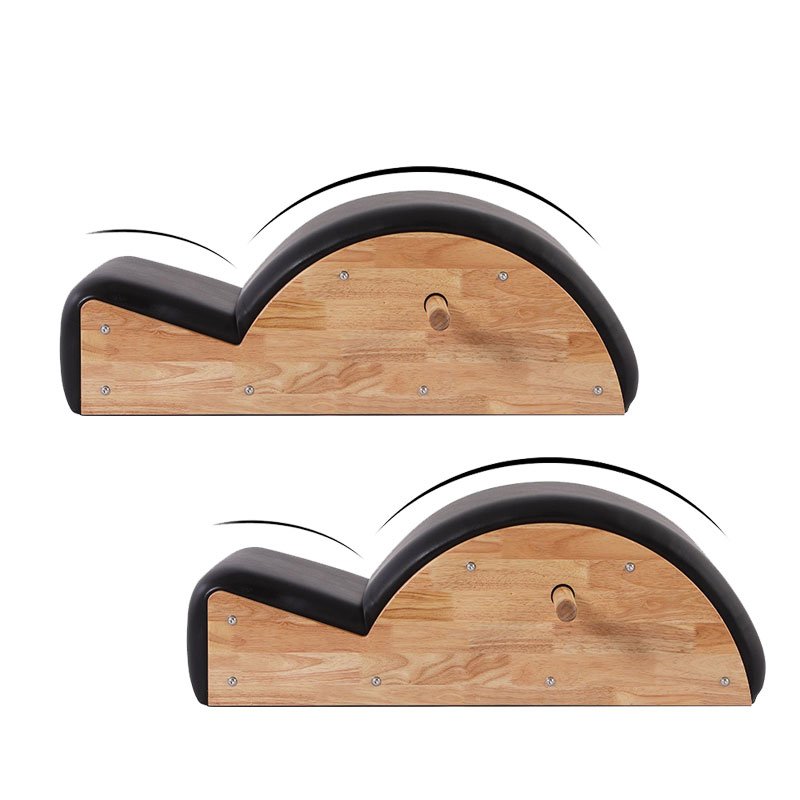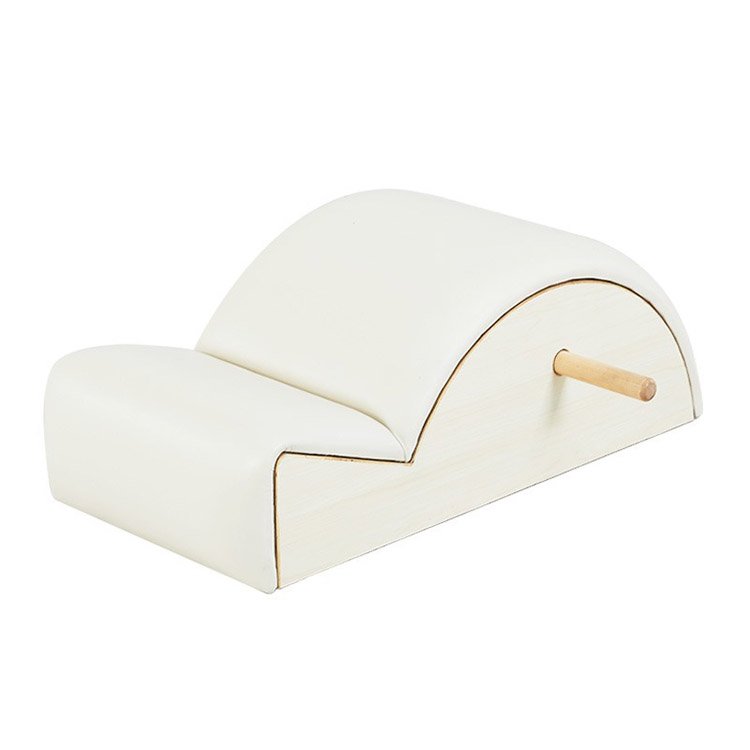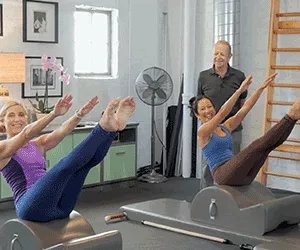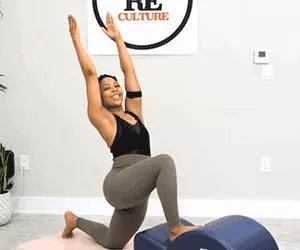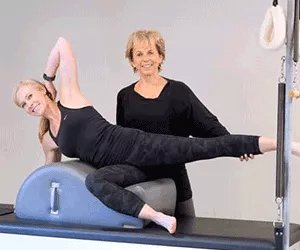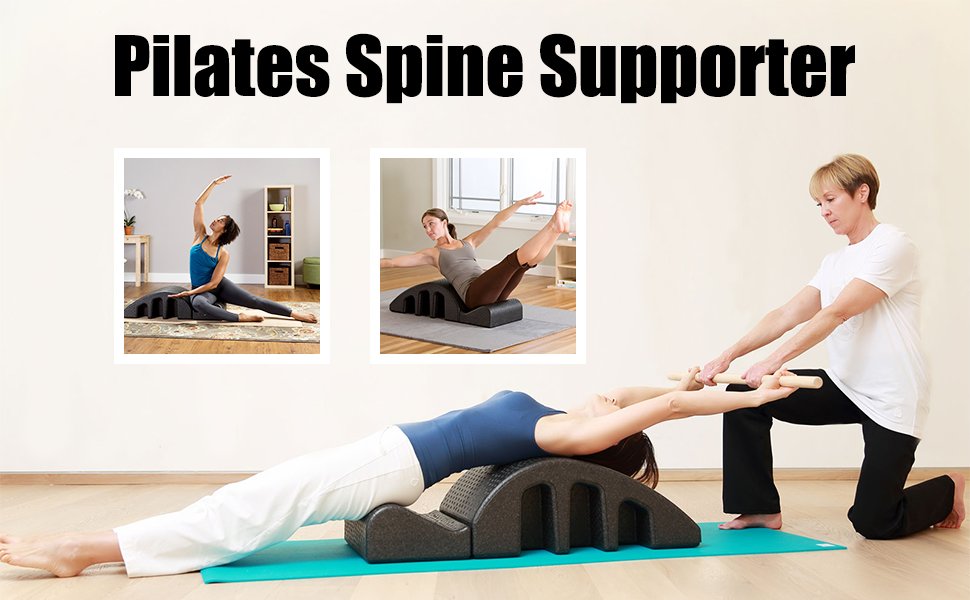
Introduction to Scoliosis and Exercise
Scoliosis is a medical condition characterized by an abnormal lateral curvature of the spine. It can vary in severity from mild to severe, impacting posture, comfort, and sometimes even breathing. While there is no definitive cure for scoliosis, various exercises and physical therapies can help manage symptoms and improve quality of life. Two popular exercise methods that have been considered beneficial for those with scoliosis are Pilates and yoga. However, it’s important to tailor these practices to individual needs and consult healthcare professionals before starting any new regimen.
Which is better for scoliosis, Pilates or yoga?
Pilates
Pilates is often recommended for people with scoliosis because it emphasizes core strength, alignment, and body awareness. The method uses specific equipment, such as the Pilates Spine Corrector, which can be tailored to address individual spinal curves. Pilates focuses on strengthening muscles around the spine, improving posture, and creating balance between muscle groups. This can be particularly helpful for someone with scoliosis, as it aims to stabilize the spine and reduce pain.
Yoga
Yoga can also be beneficial for scoliosis, especially styles that focus on gentle stretching and alignment, like Iyengar yoga. Yoga promotes flexibility, strength, and mindfulness, which can support overall well-being. However, certain poses may need to be modified or avoided to prevent exacerbating the condition.
In summary, both Pilates and yoga can be effective for managing scoliosis when practiced correctly and under guidance. Pilates might offer more targeted exercises for scoliosis due to its emphasis on spinal alignment and use of specialized equipment.
Can stretching reverse scoliosis?
Stretching alone cannot reverse scoliosis. Once the spine has developed a fixed curve, it cannot be straightened through stretching. However, stretching can play a role in managing scoliosis by increasing flexibility, reducing stiffness, and alleviating some of the associated pain. Stretching should be done carefully and ideally under the supervision of a qualified professional who understands the specifics of scoliosis.
Why is neutral spine important in Pilates?
A neutral spine refers to the natural position of the spine where the least amount of stress is placed on the joints and supporting structures. Maintaining a neutral spine during Pilates exercises is crucial because it helps protect the spine from injury, enhances stability, and ensures that movements originate from a strong core rather than placing undue strain on the back. By preserving the spine’s natural curves, pilates spine corrector exercises promote healthier movement patterns that can alleviate discomfort associated with scoliosis.
Can I plank on the spine corrector?
Planking on the Pilates Spine Corrector is generally not advisable. The Raetin Spine Corrector is designed to facilitate specific exercises that aim to decompress the spine and correct posture. Planking, which involves holding a position similar to a push-up, places significant pressure on the spine and does not align with the intended use of the Spine Corrector. Instead, it’s better to perform planks on a stable surface that can adequately support your body weight without compromising spinal health.
What back exercises should you avoid with scoliosis?
Certain exercises can put unnecessary pressure on the spine and should be avoided by individuals with scoliosis. These include:
- Deep forward bends
- Twisting exercises that involve rotating the spine against resistance
- High-impact activities like running or jumping, which can jar the spine
- Heavy lifting, especially with poor form
- Exercises that require bending over while twisting, such as some types of sit-ups
It is very important in best pilates spine corrector to listen to your body and adjust or skip those exercises that cause pain or discomfort.
Does Pilates Spine Correctortone my back?
Buy pilates spine corrector can contribute to toning the muscles of the back, but its primary function is to assist in correcting spinal alignment and posture. Exercises performed on the Spine Corrector target the muscles surrounding the spine, potentially leading to improved muscle tone. However, toning effects will depend on the consistency and type of exercises performed, as well as individual factors like muscle composition and diet.
What exercises don't put pressure on the spine?
For individuals with scoliosis, it’s essential to choose exercises that minimize pressure on the spine. Some suitable options include:
- Swimming, particularly strokes that do not involve excessive twisting
- Walking, which can be a low-impact way to stay active
- Modified Pilates exercises using props like the Spine Corrector or reformer
- Gentle yoga poses that emphasize lengthening and opening the spine
Core strengthening exercises that focus on stabilizing the spine rather than flexing or extending it.
In Conclusion
The spine corrector pilates clássicor is a valuable tool for those looking to enhance their Pilates practice and potentially benefit their scoliosis management. When used correctly, it can help decompress the spine, improve posture, and strengthen supportive muscles. However, it’s important to approach all exercises with caution and seek professional advice to ensure they are safe and appropriate for your unique condition. Always prioritize your health and safety when engaging in any form of physical activity.

